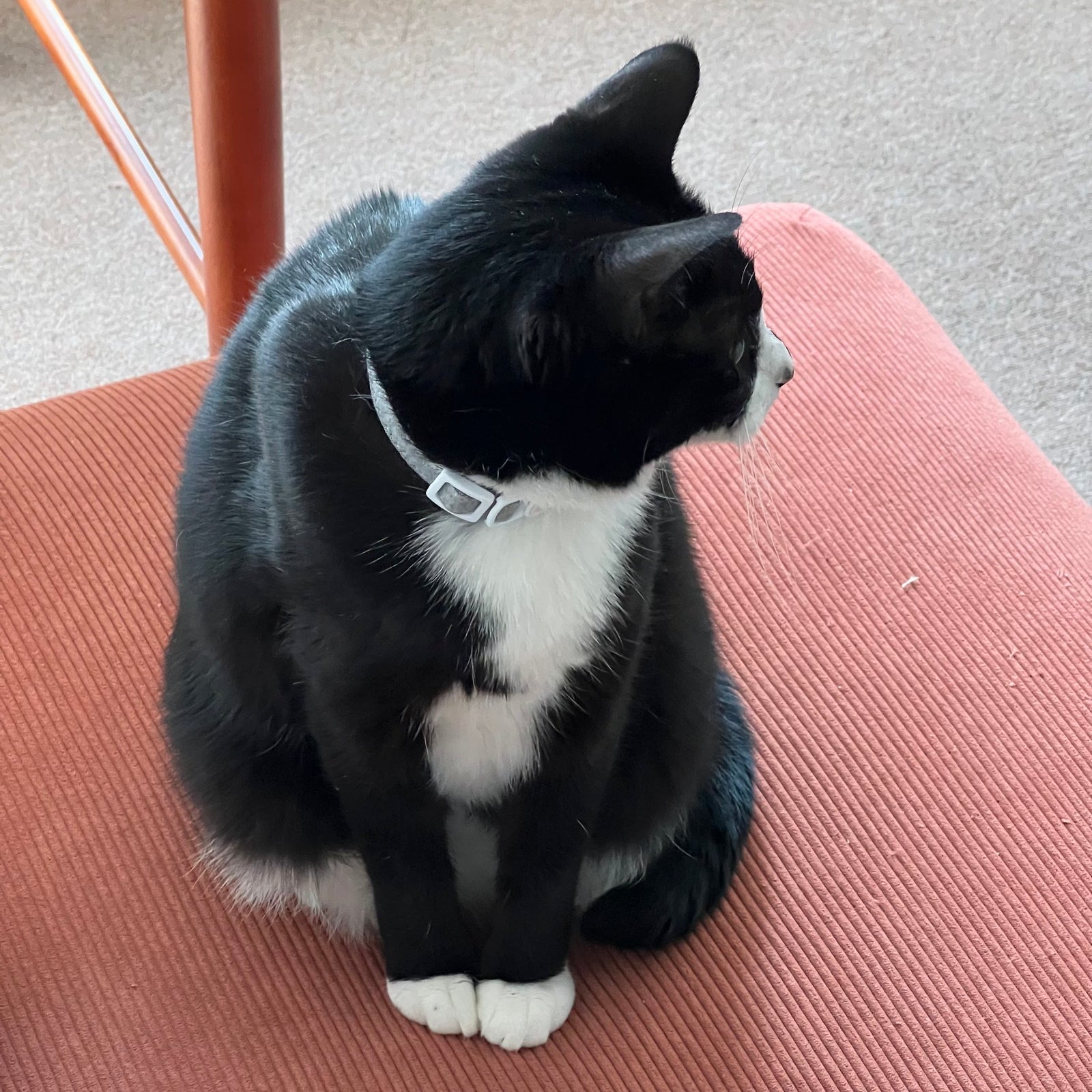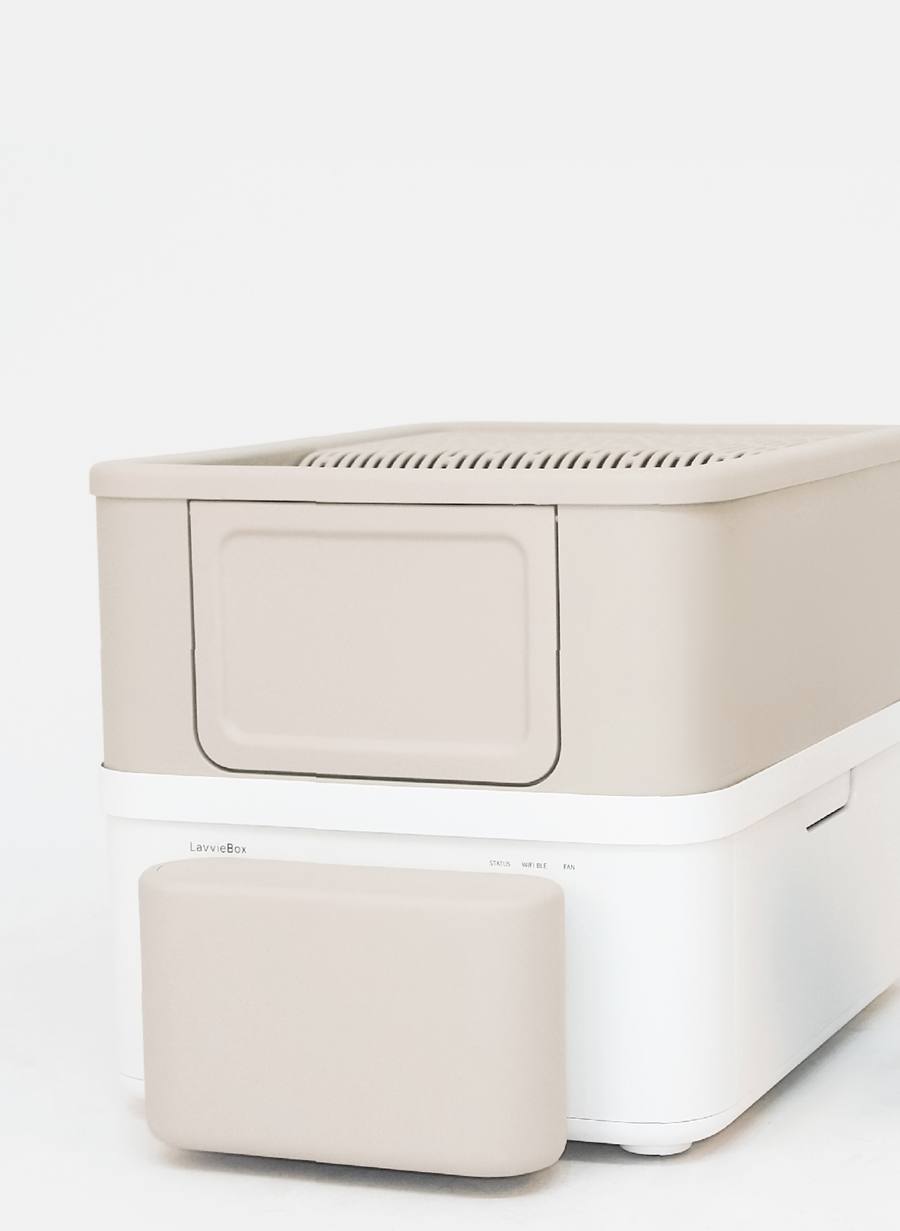Navigating Pet Safety: The Role of Microchipping in Cat Care

Ethical concerns and safety: Understanding the risks of micro-chipping your cats with tracking chips.
In the realm of modern pet care, a variety of different technologies have been developed to assist cat owners in taking care of their pets. One such technology that has emerged is microchipping cats. The practice, while aimed at helping owners find lost pets and keep them safe, has raised a number of concerns regarding the rights and bodily autonomy of pets. This article aims to shed light on the diverse perspectives surrounding this practice.
1. What is micro-chipping for Cats?

A microchip is a small electronic device that is used to perform various functions in electronic devices such as processing and storing information and performing logic functions. About the size of a grain of rice, microchips can be found in almost all modern electronic devices such as computers and smartphones.
Microchipping is the process by which a microchip is inserted into a pet, such as a cat. This is done by using an injection needle and is usually inserted into the skin between the shoulder blades. These microchips contain data, such as a cat’s unique identification number and the contact information of the owner and require no battery. Veterinarians can scan these chips using a microchip reader and can be used to access a database where veterinarians can find cat owners.
2. The Benefits of micro-chipping: Helping to find lost cats and keep them safe

There are a variety of reasons for why to microchip your cats. Cats are prone to walking around independently and can get lost. Moreover, the number of pets being stolen is increasing, making it ever more crucial to ensure that you can be easily identified. Studies show that approximately 15 percent of cats will go missing within a five-year period, and a significant number are never reunited with their owners. Microchipping therefore provides a sense of security to owners, helping owners find their lost cats and increasing the likelihood of their return.
3. The Ethics of micro-chipping Cats: Consent and Rights
While microchipping is widely recognized for its benefits in identifying lost pets, there is a question over whether or not the practice is considered ethical. The primary concern is about the issue of consent. The process of microchipping involves inserting a foreign object that can identify something into a living being – something that would be considered controversial if done to a human. However, unlike humans, cats cannot give informed consent for such procedures, leading to people questioning whether such practices infringe upon a cat’s rights. Additionally, there are minimal but present risks of physical complications, such as infections or adverse reactions to the microchip implantation. Although the chances of this happening are slim, owners must make informed decisions about microchipping their cats. Other ethical concerns relate to privacy issues regarding the storage and handling of a cat’s personal data within a large database. This can infringe on an owner’s right to privacy, which can affect the safety of both the owner and the cat.
4. Where does micro-chipping fall short?

It is also worth mentioning that microchipping can also fall short in several areas. Unlike a Bluetooth tracker or a GPS tracker, a microchip is not an active tracker, but rather a passive form of identification. This means that it does not provide any indication of a cat’s real-time location, which can be a major disadvantage if a cat goes missing in an unfamiliar or dangerous area. Moreover, a microchip is entirely reliant on someone finding the lost cat and bringing it to a veterinary clinic or animal shelter to read the microchip. Additionally, the information linked to the microchip must be updated manually by the pet owner, which can be inconvenient.
5. Enhancing Cat Safety: Pairing Microchips with GPS and Bluetooth Tracking
The limitations of microchipping demonstrate that even though the technology is quite useful, it is best utilized when combined with other tracking methods rather than being relied upon as the sole method of identification. The most common methods of active tracking used by pet owners are GPS trackers and Bluetooth collars.
-
GPS Trackers
While GPS trackers have been used for navigation in cars and smartphones, they have recently expanded into the realm of pet tracking for cats and dogs. Utilizing satellite technology, GPS trackers can provide precise data on where your cat is in real-time. Unlike microchips, which only provide identification once a lost pet is found, GPS trackers proactively keep owners informed about their pet's location, adding an extra layer of security. However, GPS trackers are known for being somewhat heavy and can lead to discomfort for cats.

- Bluetooth Collars
Bluetooth technology has also existed for many years, primarily used for wireless headsets and speakers, but it has recently expanded to the pet care industry. Bluetooth technology enables paired devices to transmit data over short distances and is now being integrated into pet care technologies. This is especially true for cat collars, as unlike GPS trackers, they are lighter and fit more comfortably around a cat’s neck. Products like Purrsong's LavvieTag exemplify this trend, where Bluetooth-enabled cat collars provide pet owners with the ability to track their cats within a limited range. Moreover, these collars offer additional functionalities, such as monitoring health, dietary habits, and sleeping patterns, thereby offering a comprehensive overview of a cat’s safety and wellbeing. Although Bluetooth technology as a tracking tool is limited to shorter distances, its integration into technologies such as cat collars complements the use of microchips effectively to ensure that cats remain safe. The combination of Bluetooth for immediate, local tracking and microchips for long-term identification forms a robust safety net, ensuring that pet owners have access to both immediate and essential information about their pets at all times.
6. Conclusion

Microchipping pets is a responsible action for owners, offering a permanent form of identification and keeping your pet safe. However, it is important to acknowledge and address some of the ethical concerns and technological limitations of the practice. The ethical considerations revolve around the issue of consent, as animals cannot choose to be microchipped, which raises questions concerning animal rights. There are also concerns regarding physical complications associated with microchip implantation, including possible infections or adverse reactions.
On the technological front, microchips have certain limitations. They are passive devices, meaning they can only be read by a scanner if the pet is found and brought to a facility equipped with the appropriate technology. This dependency on external intervention can be a significant drawback, particularly in cases where a pet goes missing and is not found by someone who knows how to check for a microchip.
It is recommended to have a more active form of tracking attached to your cat, such as a GPS tracker or a Bluetooth collar. Devices such as Purrsong’s LavvieTag provide a middle ground, offering short-range tracking and additional health monitoring features. The combination of these technologies addresses different aspects of pet safety, with microchipping ensuring the identification and recovery of a cat, where Bluetooth technology enables close-range monitoring and health insights. This integrated approach to pet safety underscores the importance of using technology responsibly and attentively so that pet owners can keep their cats safe.
If you would like to learn more about Purrsong’s LavvieTag as well as other PurrSong products, click here.





